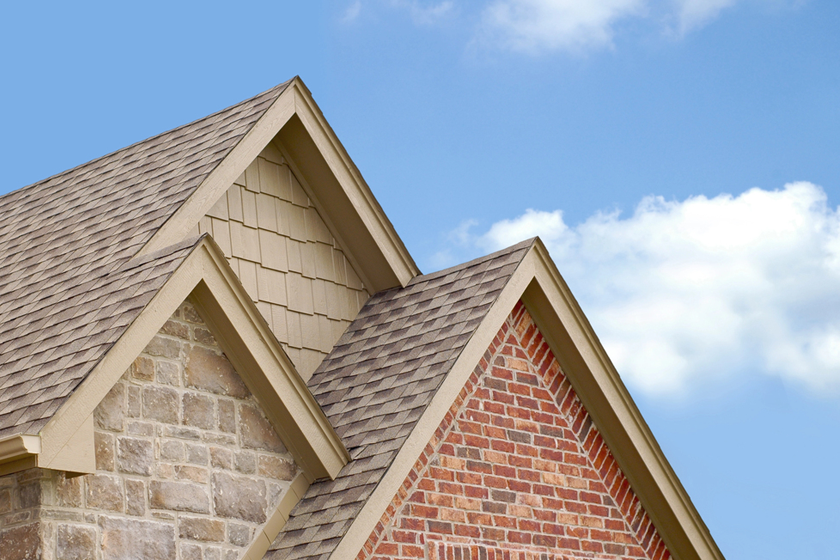Flashing under siding plays a vital role in safeguarding homes against water damage. This thin, water-resistant material redirects water away from areas where siding meets other structural elements, such as roofs, windows, or doors. Proper siding flashing installation prevents moisture from infiltrating walls, helping to maintain your home’s structural integrity.
For homeowners looking to replace their house siding or work with trusted house siding contractors in Maine, understanding flashing is a smart step toward long-lasting results.
What is Flashing, and Why Does it Matter?
Flashing is a barrier made from materials like aluminum, copper, or rubberized asphalt. It directs water away from vulnerable areas of a building, protecting it from rot, mold, and long-term damage. Unlike roof flashing, which is often visible, siding flashing is usually hidden beneath the siding itself. Proper installation ensures water moves away from walls rather than collecting in places that can cause decay.
Steps for Installing Flashing Under Siding
The first step to a successful installation is preparation. Before installing flashing, inspect the siding for any signs of damage, such as rot or cracks. Addressing these issues beforehand prevents further complications. Use tools like a utility knife, nails or staples, and flashing material cut to the appropriate size.
When placing the flashing, slide it carefully under the siding without damaging the material. Pay attention to areas around butt joints and roof-siding intersections. These are common places where water intrusion can occur.
For roof-siding junctions, step flashing is the most effective option. Overlapping each piece of flashing creates a downward path for water, reducing the risk of seepage. Ensure that step flashing extends behind the siding for complete coverage.
Best Practices for Long-Term Effectiveness
Every piece of flashing should overlap its neighbor by at least two inches to block water effectively. Gaps between flashing and siding should allow moisture to escape naturally rather than trapping it. Ventilation in these areas prevents mold and keeps the structure dry.
Slope all flashing pieces outward to guide water away from the walls. This prevents pooling, which can lead to leaks over time. Re-nail or secure loosened siding to keep everything intact and prevent gaps where water might enter.
Mistakes That Compromise Water Protection
One of the most common mistakes is placing flashing on top of siding instead of underneath. Flashing should always direct water downward and away from the structure. Ignoring underlying damage before installation is another issue that can lead to persistent moisture problems.
Incomplete flashing coverage at joints or seams is also problematic. Even a small gap can allow significant water damage over time. Homeowners replacing house siding should consider these details to ensure their home remains protected for years to come.
A Foundation for a Safe and Dry Home
Siding flashing installation may seem straightforward, but the details make a significant difference in the outcome. Proper placement, secure fastening, and thoughtful preparation can prevent costly repairs in the future. With the right techniques, homeowners can protect their investment and enjoy peace of mind knowing their home is safe from moisture damage.
Monastery Roofing takes pride in the quality of work. With over 15 years of experience in roofing and siding, we understand what it takes to build strong, water-resistant homes. Our skilled team ensures every project is done with care, leaving you with a home that is safe and beautiful.
Reach out today to discuss your next siding project.

